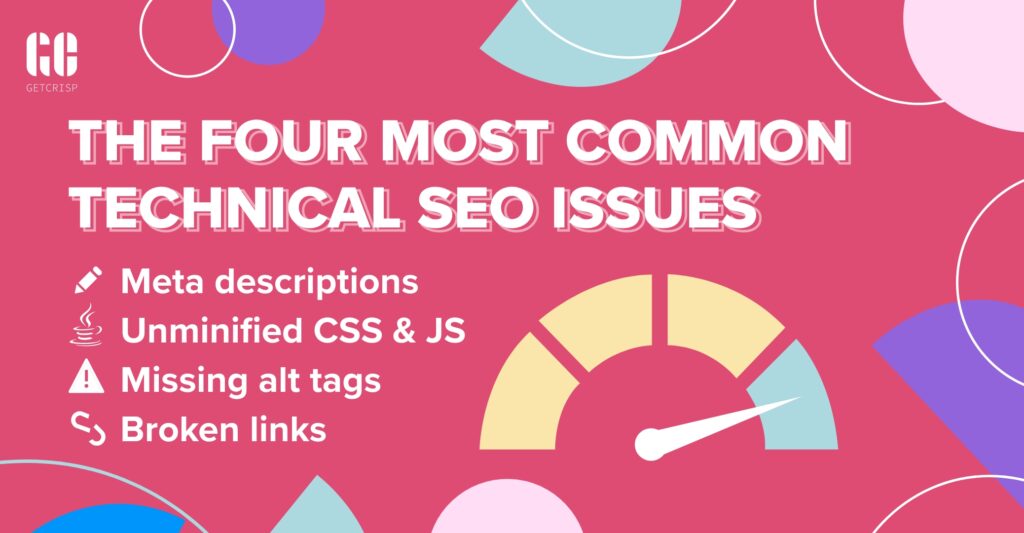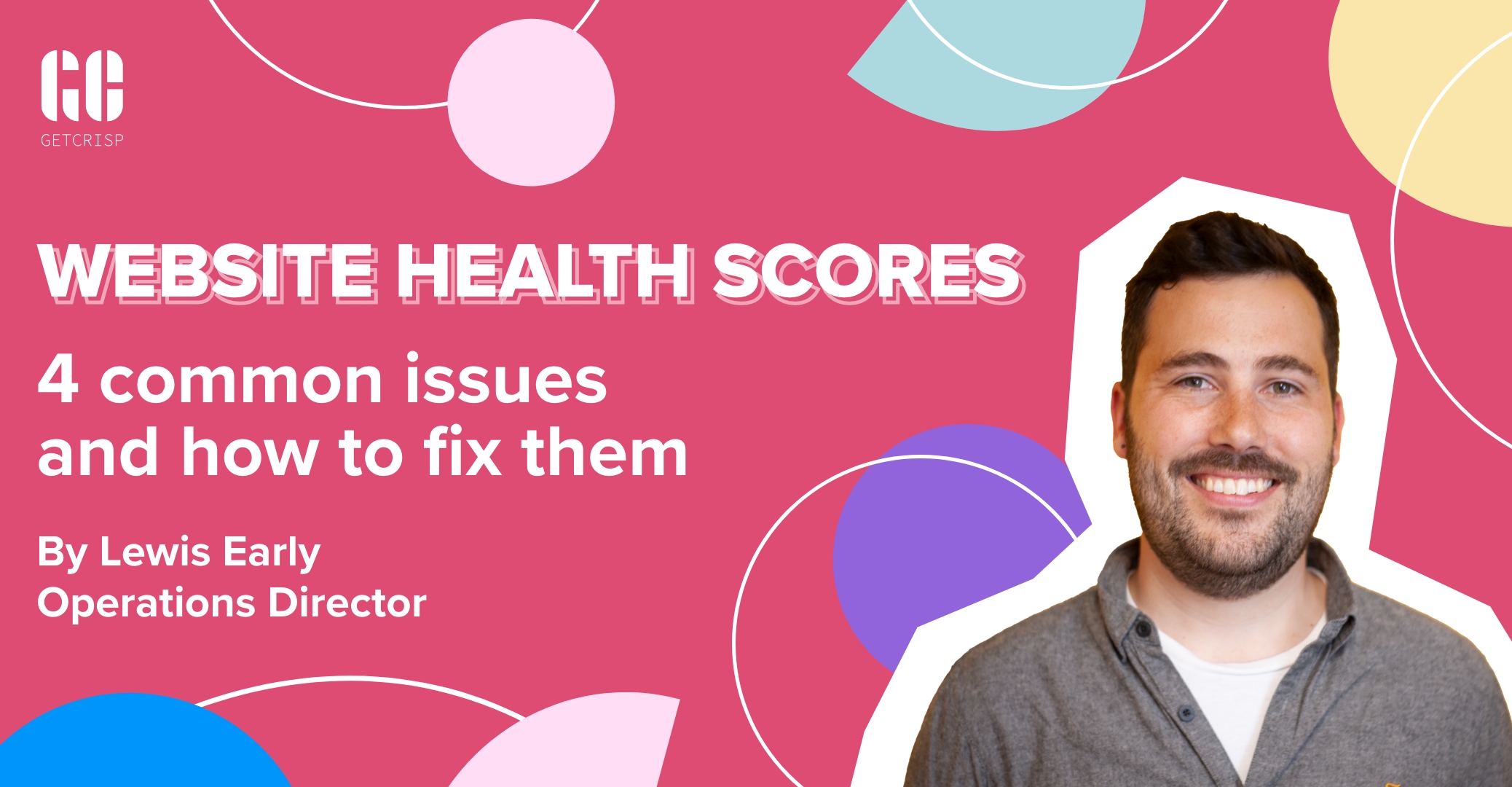We’re offering free website health audits at the moment. And in conjunction, we’ll be publishing a lot on how to use these to boost your SEO.
First things first, I wanted to run through four of the most common issues a health audit will highlight – and how to fix them.
Why health audits are useful
Let’s start with the obvious. You want a secure, user-friendly website that performs well in searches. This is exactly why website health audits are such a useful tool. Rather than leaving you in the dark, they offer a quick insight into issues with your site.
You’ll get a health score, as well as a list of issues. Some will be more serious than others. The four I’m about to list are extremely common, and can seriously damage to your SEO. No need to be intimidated though – I’ll also explain how to fix them.

1. Missing or duplicate meta descriptions
The most common website health issues we see involve meta descriptions. A meta description is a short summary of what’s on a page, which is presented in search results. It’s a great chance to add relevant keywords and boost a page’s SEO value. If it’s missing, it’s a missed opportunity. If it’s duplicated (say, if you copied a page and didn’t update the meta description), you have two pages competing with each other. Duplicate meta descriptions are seen as a more serious error than a missing meta description.
You should be able to add or edit meta descriptions in your website’s content management system (CMS). If you use a plugin like Yoast SEO, you can get useful info on an individual page’s SEO performance and input the meta descriptions directly on each page.
2. Unminified CSS or JavaScript
In plain English, this is where the code underlying your site has unnecessary spaces or lines. It can make loading times slower, because it takes servers longer to read the code. You fix it by minifying the code – i.e. removing all the unnecessary parts, to make it faster to read.
Whilst it sounds like an arduous task, there are tools for automating this process. Speak to your IT or SEO team about configuring effective plugins on your website to optimise your CSS and JS.
3. Missing alt text for images
Alt text (also called alt tags) refers to short descriptions of images on your site. Alt tags are multi-purpose. They help people who are visually impaired to understand what’s on your site. They’re also used by search engines, so there’s SEO potential here too.
You can add these in your content management system. Navigate to the media library and from here you can add alt tags on each image.
4. Broken links
These are links to pages that don’t exist and return a “404 – not found” error. These make your site harder for search engines to crawl. And if you have too many, web crawlers will think your site is no longer maintained, which can tank your SEO.
There are three ways to fix these:
- If there’s a typo in the URL and you still want to link to the page, just update the link.
- If it’s an old page and you don’t want to link to it anymore, remove the link.
- You can also redirect a URL to a new page if it’s relevant to the rest of the content. This is called a 301 redirect.
How does your website health score stack up?
There are many others I could have names, but we see (and fix) these four issues all the time. If you have any questions about these or any others, feel free to get in touch. And if you want to see your own score, complete our SEO Site Health Checker.
